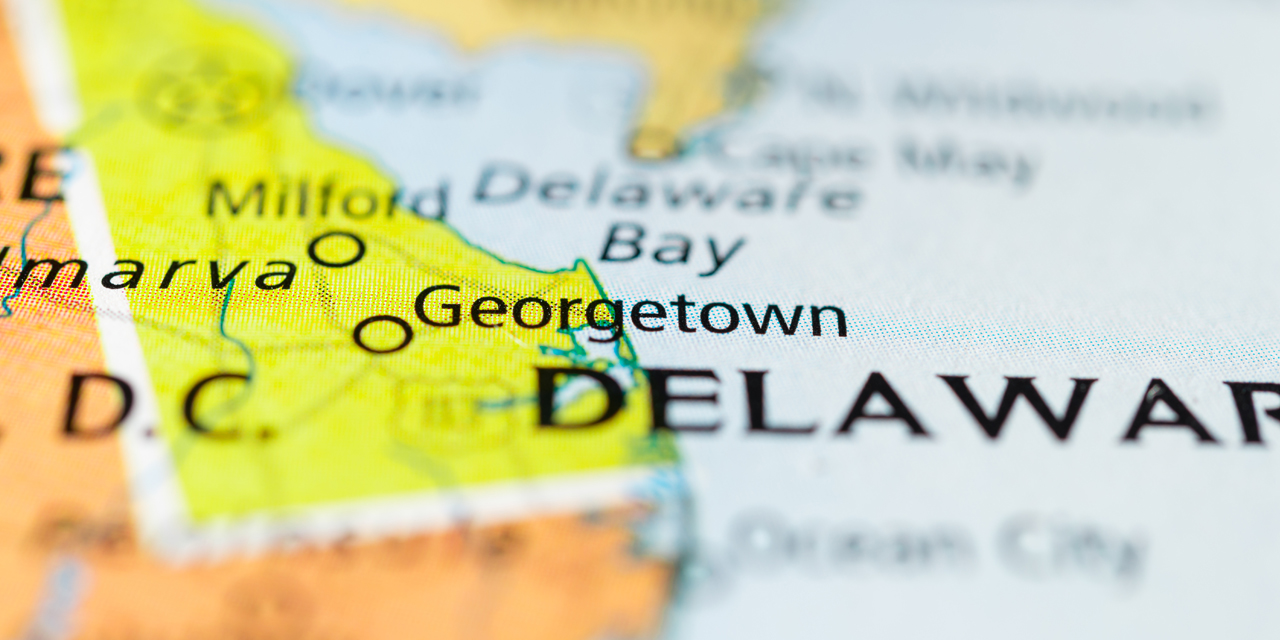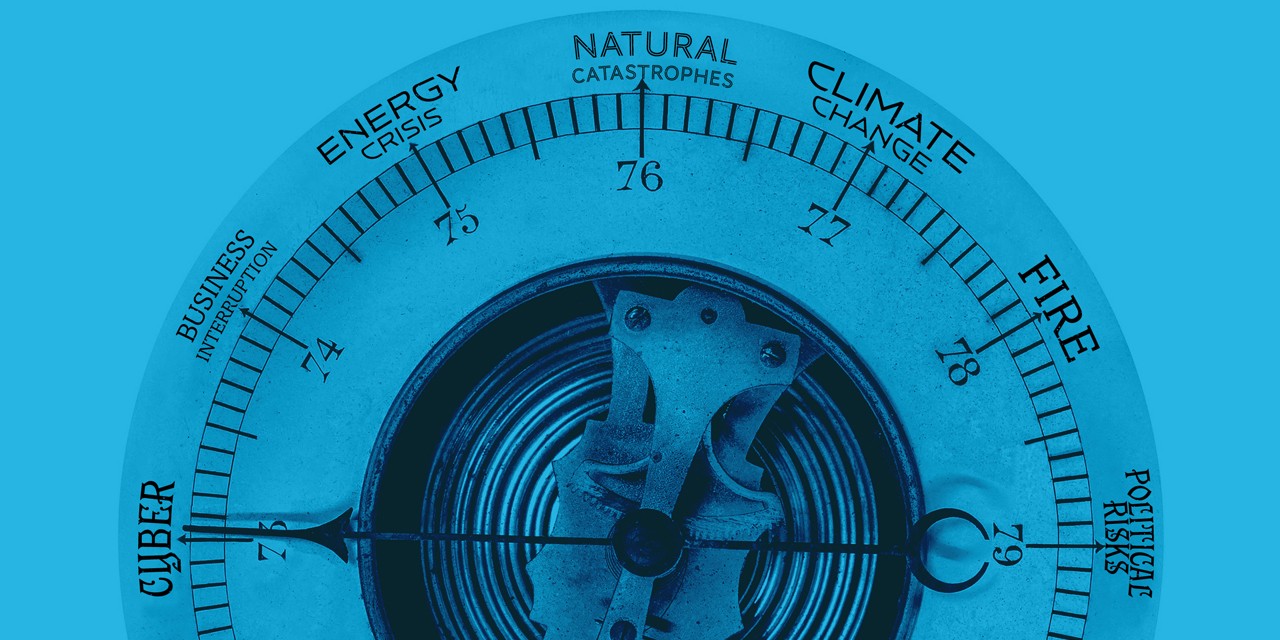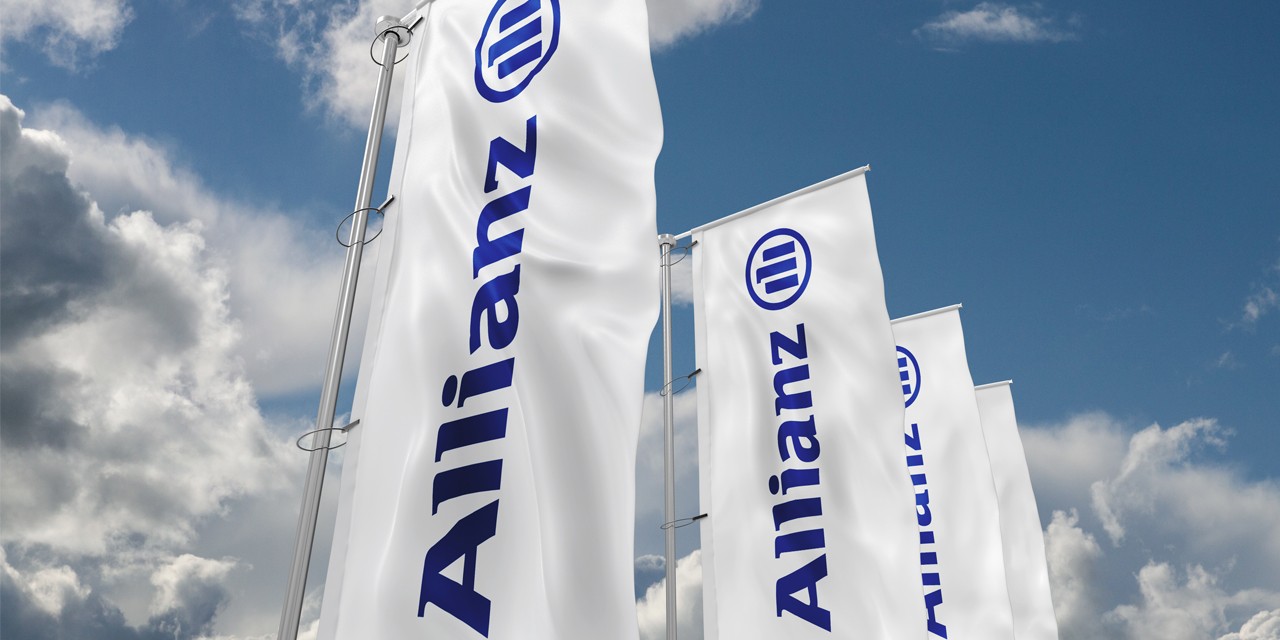This article is part of the
Global Risk Dialogue - 01/2023
The 1 minute dialogue
- Captives are increasingly popular with companies seeking to retain risk and reduce their exposure to rate increases and capacity constraints in the insurance market.
- A recent change in corporate law now allows Delaware-incorporated companies to cover certain Side A liabilities in directors & officers (D&O) insurance through a captive.
- The new legislation permits captives to cover almost all exposures they normally would with D&O insurance but there are a few exceptions.
- Allianz Global Corporate & Specialty (AGCS) worked closely with Meta and its broker to create a solution to cover gaps created by these edge cases – the “Laser DIC” [difference in conditions].
With long-standing connections to its most famous adopted son, President Joe Biden, Delaware is home to around one million people – just 0.3% of the US population – yet more than 60% of Fortune 500 companies are incorporated in the second smallest state in the union.
Delaware-incorporated companies, which include many global brands, could now have more options when it comes to D&O (directors & officers) insurance, following changes to the state’s corporate law in February 2022.
The changes relate to the purchasing and maintaining of Side A D&O insurance, which covers liabilities incurred by an individual in their capacity as director or officer when they cannot be indemnified by their company. With a few caveats for edge cases, such as knowing violations of law or fraud, this can now be purchased by a company’s ‘captive’ – a licensed (re)insurance company that is set up and managed in order to serve the insurance needs of its parent company.
Captives have boomed in recent years, with around 6,000 active globally [1], and they are an increasingly popular option for companies seeking to retain risk and reduce their exposure to rate increases and capacity constraints in the insurance market.
Adapting to a changing D&O market
In the past, Delaware corporations were not permitted to use their own balance sheet assets to indemnify directors for the settlement of derivative lawsuits. So they bought Side A D&O insurance from commercial insurers to cover their non-indemnifiable exposures. This was relatively inexpensive as it tended to be used only in the case of bankruptcy if a company’s balance sheet could not fund a class action settlement. However, in recent years, the plaintiff’s bar has raised the stakes when it comes to large derivative settlements, which has significantly increased the costs of Side A insurance for many companies. Corporations are increasingly exploring what other options are available to them.
In Delaware, a number of companies, including Meta, formed a coalition to work towards changing the law and enable captives to self-insure Side A. The change they contributed to bringing about allows Delaware corporations to buy Side A insurance through their captive, including indemnifying D&Os whether or not the corporation itself would have the ability to indemnify them.
“The D&O market was pretty tough for a lot of insureds, and companies that buy large limits had very little negotiating power,” said Janaize Markland, Director of Business Risk and Insurance at Meta, in a discussion recorded for the Global Captive Podcast. “That put us in a potentially tough position from a coverage sustainability perspective. We had moments in our renewal when we weren’t certain we were going to get the coverage we needed, and that made everyone extremely nervous.”
Where are the top captive domiciles?
This map highlights the locations of 25 of the top domiciles around the globe*
*Captive numbers compiled by Business Insurance, Captive Insurance Special Report. March 2022 edition. Ranked by the number of captive licenses at year-end 2021. Numbers do not include microcaptives, series captives, or individual cells or cell members in protected cell companies.
Additional source: Statista
Plugging the coverage gap with a “Laser DIC”
After the subsequent change in corporate law, Markland had to be sure the coverage that was being secured was equivalent to what had previously been sourced from the commercial market. The new legislation permitted captives to cover almost all exposures they normally would with D&O insurance, but there were a few exceptions. Meta and its broker Woodruff Sawyer needed to make use of the commercial market to cover the gaps created by these “remote edge cases”, as Lauri Floresca, Senior Vice President, Management Liability and Cyber Liability, at Woodruff Sawyer, described the exclusions. Floresca named the resulting policy the “Laser DIC” [difference in conditions]: “We really think it accurately reflects the way the policy provides very specific coverage just for those differences,” Floresca told the podcast.
Meta worked closely with AGCS and its Manager of Global Captive Fronting, Nick Troxell, on the Laser DIC solution. “Delivering an innovative solution like this called for collaboration between the insured, the broker, and the insurer,” Troxell tells Global Risk Dialogue. “We had a full steering committee working on this project, with in-house experts from claims, legal, financial lines, distribution, and risk consulting. It was vital to establish a strong rapport from the outset so we could respond with agility to the clients’ needs and support them through this process.”
Troxell was also a guest on the Global Captive Podcast, where he noted that AGCS could be adaptable on policy wording: “We could utilize the Laser DIC product that Woodruff has. We also have our own wording experts because not all Side A policies have the same type of language, so there could be some manuscripting needed. So we can follow on and we just know at the end of the day, providing that equal equivalent coverage through a captive is necessary to make the solution work.”
The advantage of cell captives
Meta decided to convert its existing Hawaii captive into a protected cell company, as Markland told the podcast: “Creating two cells that were separate, one for D&O and then one for everything else, provided an additional layer of comfort to our directors and officers that if in fact a claim did need to be paid, those assets were ready to be deployed and were for them only,” said Markland. “So that was an important consideration for us and we did that structurally.”
Troxell believes similar innovations to the Laser DIC could be tailormade to suit other large corporate companies for whom this type of risk transfer may be appropriate – those that are multinational, well capitalized, and sophisticated in the way they manage risk. “AGCS is an all-in solution for corporate clients with a captive. We can call upon our extensive fronting expertise if required, implement the front end structure, as well as provide the DIC capacity for portions of insurance that the captive cannot cover. We certainly have an appetite to explore this kind of approach further in the future.”
Listen to the full Global Captive Podcast here.
References
[1] Business Insurance, Captive Insurance Special Report, March 2022. Ranked by the number of captive licenses at year-end 2021. Numbers do not include microcaptives, series captives, or individual cells or cell members in protected cell companies
Images: AdobeStock
Our expert
Newsletter
Keep up to date on all news and insights from AGCS
















